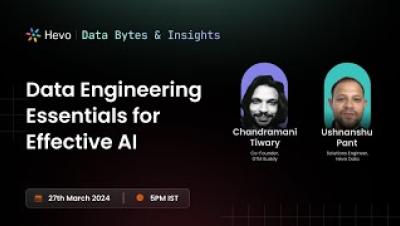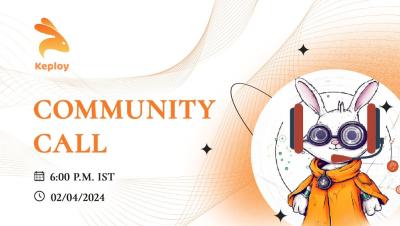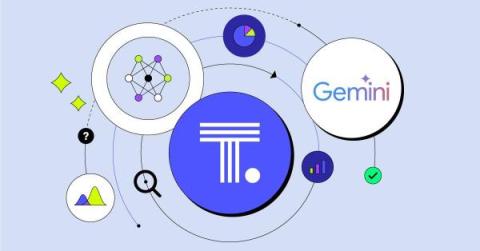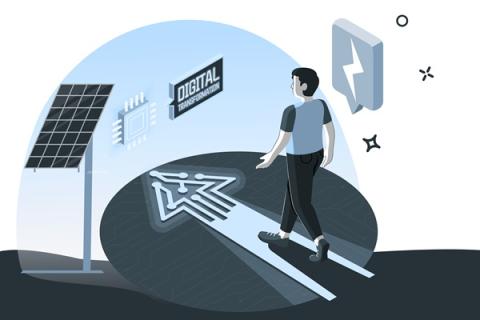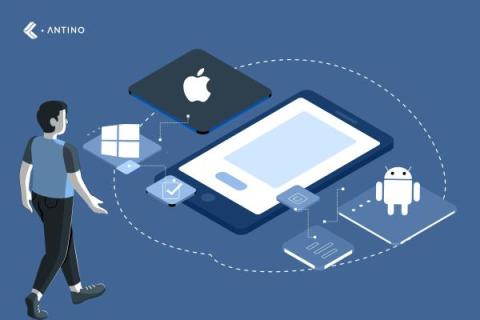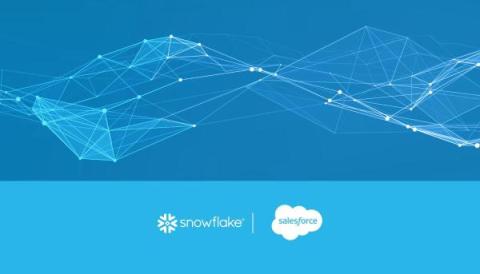Data Bytes & Insights: Data Engineering Essentials for Effective AI
Join Chandramani Tiwary, co-founder of GTM Buddy, and Ushnanshu Pant, Solutions Engineer at Hevo Data as they explore how to build a robust data engineering foundation for effective AI applications within organizations.


